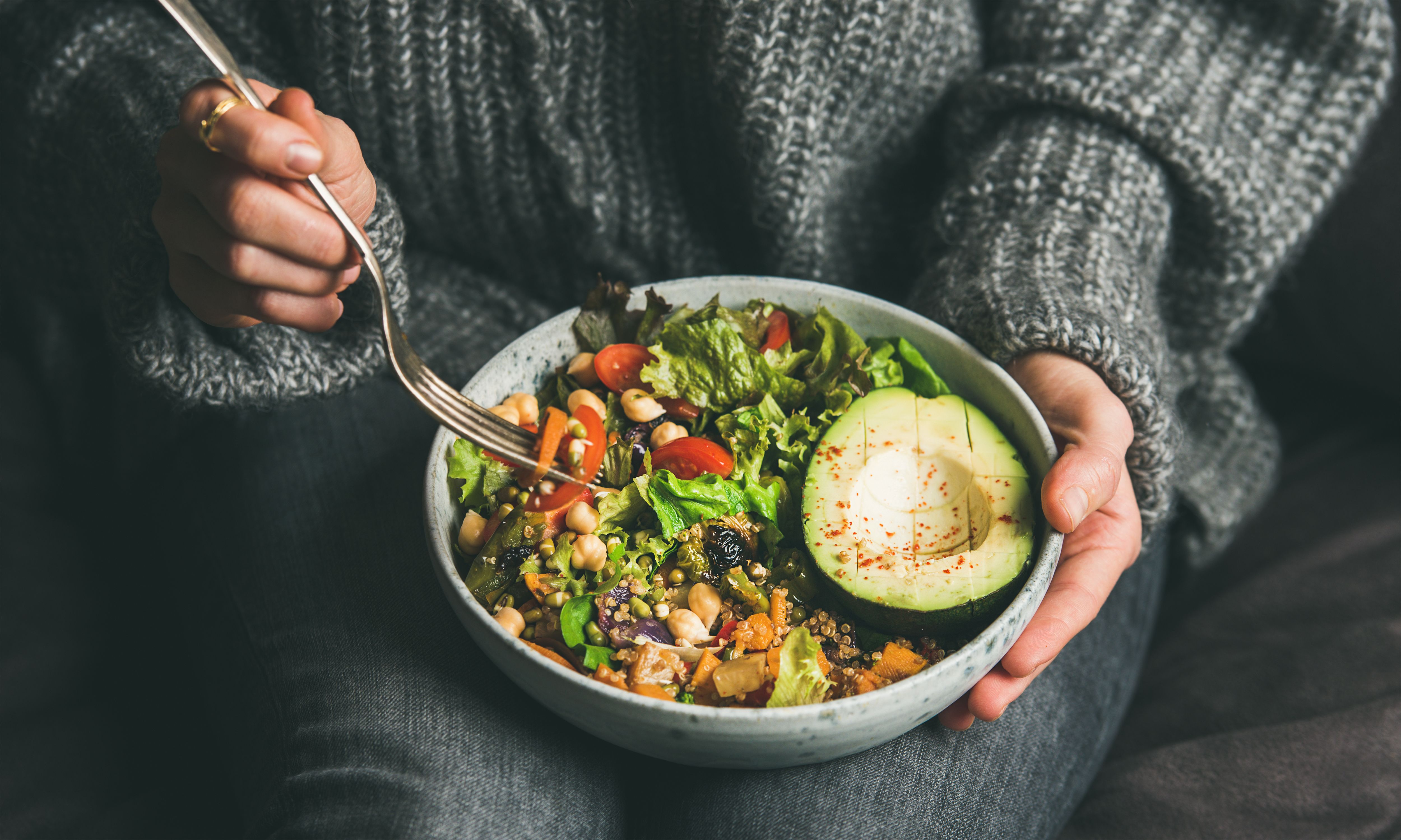Article
Study: Phenotype-Based Interventions Better for Obesity Than Calorie Restriction
Author(s):
Phenotype-based interventions are individualized treatment plans that consider genetic and phenotypic characteristics instead of general restricted eating or exercise management.
An individualized phenotype-tailored diet and lifestyle intervention can improve weight loss outcomes more than a standard diet and lifestyle intervention, according to a study published in EClinicalMedicine. The phenotype-tailored eating plan considers the genetic and phenotypic characteristics that lead to obesity.
Image credit: sonyakamoz - stock.adobe.com

"The results stress the relevance of identifying the underlying cause of obesity as a complex disease with many factors,” said study author Andre Acosta, MD, PhD, a Mayo Clinic obesity researcher, in a press release.
For 12 weeks, Mayo Clinic investigators compared the effects of a standardized lifestyle intervention (reduced calorie intake, exercise, and behavior therapy) to a phenotype-tailored intervention in a pilot study of 165 individuals with obesity. The team evaluated weight loss, cardiometabolic risk factors, and physical variables that contribute to obesity.
After 12 weeks, the phenotype-tailored intervention was generally a better treatment for obesity when compared to standard lifestyle intervention. Patients in the phenotype-tailored intervention experienced more significant weight loss, decreased weight circumference and triglycerides, reduced calorie intake, reduced anxiety, and a reduced number of calories needed at rest.
"The results of this study support the need for an actionable, phenotype-based classification [of patients in obesity treatment] rather than relying only on the number on the scale, body measurements or [if they have] obesity-related diseases, such as heart disease, high blood pressure and certain cancers," Acosta said in the press release.
Obesity phenotypes look at the cause of obesity and behavioral components contributing to obesity. There are 3 main obesity phenotypes: homeostatic eating, hedonic eating behavior, and abnormal energy expenditure.
Homeostatic eating is a pattern that occurs when a person eats in response to the brain’s perceived need for energy. A hedonic eating behavior describes a pattern of eating for the sake of pleasure as opposed to eating in response to physical hunger or energy needs, and abnormal energy expenditure describes the number of calories a person burns in 24 hours compared to the number of calories burned by the average person.
Investigators identified 4 actionable phenotypes (intervention targets) within these 3 obesity phenotypes: abnormal fullness, or a measurement of the number of calories needed to feel unpleasant fullness; abnormal duration of fullness; emotional eating behavior; and abnormal resting energy expenditure. The current study already identified phenotype-tailored lifestyle as able to improve 2 of these targets (feelings of abnormal fullness and emotional eating).
More research should be done on the 2 interventions independently and look at the long-term effects of a phenotype-based approach.
Acosta concludes, "More research will enhance the tailored approach proposed from the data. We will continue to work on individualized obesity therapy directed at specific traits to identify the right therapy for the right patient."
Reference
Mayo Clinic researchers pave the way for individualized obesity therapy, tailoring interventions to a person’s needs. Mayo Clinic. July 21, 2023. Accessed on July 25, 2023. https://www.eurekalert.org/news-releases/996404
Newsletter
Stay informed on drug updates, treatment guidelines, and pharmacy practice trends—subscribe to Pharmacy Times for weekly clinical insights.






